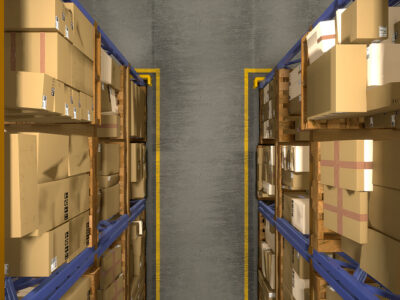You’ve arrived in the perfect spot if you’re wondering about how organic cleaning solutions operate and why washing products are such a potent component. As a result, you can clean smarter rather than harder. Wood furniture is recognized for its strength and beauty, but it may be difficult to keep clean. Several materials should not be used on wood surfaces, but some of those can harm your surfaces permanently.
Never use H2O
While avoiding the additives and going directly to simple water seems like a good decision when it comes to cleaning, you can never use freshwater over wood. Moisture and too much fluid can lead the furniture to expand or leave lasting stains since it is weak.
Consider what’s beneath the surface
Whenever it pertains to strong cleaning agents, even your wood cooking cutlery is vulnerable so browse more information while selecting any cleaning chemical. Cutting boards, kitchen utensils, cutlery, and bowls composed of bamboo or wood must never be put in the dishwasher. To prevent bending the timber, hand wash it and let dry it. Such material will be damaged not only by the dishwasher’s extreme temps but also by the abrasive chemical.
Avoid using strong chemicals
Likewise, strong chemicals, such as vinegar, should be avoided. It can chew through some finishes]. However, diluting the vinegar adding olive oil is fine. Avoid multipurpose cleansers, which can peel the wood’s surface, as well as liquor and otherwise ammonia-based chemicals, which can damage the covering. If the wood starts to tear or bubble, you’ve used anything too harsh, which is why experts suggest trying the new cleaner on a small, inconspicuous spot first.
What are some of the potentially hazardous compounds that might be present in a regular home?
Each room of your house contains potentially hazardous substances. If you go deep for more informationthen will find that such products can cause mild to significant, even life-threatening medical issues for you as well as your kids if they are not correctly kept or utilized. What exactly are these common home chemical compounds?
Please remember that most home cleaning solutions and chemicals are rather safe if used as intended, so a device’s degree of toxic effects is determined by the dosage of the material used. Don’t ever use more than just the quantity specified on the package.
Manganese, copper, tin, as well as other toxic substances accumulated in your car engine, can pollute used or trash motor oil. Petroleum includes compounds that can harm your nerves and kidneys, as well as be linked to cancer.
You’ve arrived in the perfect spot if you’re wondering about how organic cleaning solutions operate and why washing products are such a potent component. As a result, you can clean smarter rather than harder. Wood furniture is recognized for its strength and beauty, but it may be difficult to keep clean. Several materials should not be used on wood surfaces, but some of those can harm your surfaces permanently.
Never use H2O
While avoiding the additives and going directly to simple water seems like a good decision when it comes to cleaning, you can never use freshwater over wood. Moisture and too much fluid can lead the furniture to expand or leave lasting stains since it is weak.
Consider what’s beneath the surface
Whenever it pertains to strong cleaning agents, even your wood cooking cutlery is vulnerable so browse more information while selecting any cleaning chemical. Cutting boards, kitchen utensils, cutlery, and bowls composed of bamboo or wood must never be put in the dishwasher. To prevent bending the timber, hand wash it and let dry it. Such material will be damaged not only by the dishwasher’s extreme temps but also by the abrasive chemical.
Avoid using strong chemicals
Likewise, strong chemicals, such as vinegar, should be avoided. It can chew through some finishes]. However, diluting the vinegar adding olive oil is fine. Avoid multipurpose cleansers, which can peel the wood’s surface, as well as liquor and otherwise ammonia-based chemicals, which can damage the covering. If the wood starts to tear or bubble, you’ve used anything too harsh, which is why experts suggest trying the new cleaner on a small, inconspicuous spot first.
What are some of the potentially hazardous compounds that might be present in a regular home?
Each room of your house contains potentially hazardous substances. If you go deep for more informationthen will find that such products can cause mild to significant, even life-threatening medical issues for you as well as your kids if they are not correctly kept or utilized. What exactly are these common home chemical compounds?
Please remember that most home cleaning solutions and chemicals are rather safe if used as intended, so a device’s degree of toxic effects is determined by the dosage of the material used. Don’t ever use more than just the quantity specified on the package.
Manganese, copper, tin, as well as other toxic substances accumulated in your car engine, can pollute used or trash motor oil. Petroleum includes compounds that can harm your nerves and kidneys, as well as be linked to cancer.








Comments